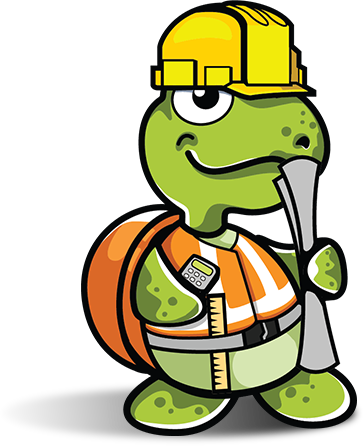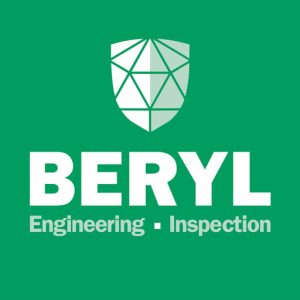Structural Inspection
Structural Inspection | Structural inspections are helpful to buyers as they determine if there are any significant structural defects before they sign a contract to buy. This reduces any surprises or major financial difficulties later on. Foundation, walls, footings, interior walls, roof framing and floors are all a part of the back bone of the structure.
Whether you are buying an older home or a new one, a professional structural inspection will be necessary. Start by observing the home from the nearby street to see how it is sited and whether it has a good drainage. Is the land sloping down from the house? Is its roof in proper condition or it is full of bumps, bubbles and dips? Do further inspection by looking at the state of the house paint. Is it peeling off? Check the condition of the doors and windows to see if they are intact, and whether all the screens and panels are there. The most significant thing to look for on the interior part of the house is evidence of damage from water around the chimneys and skylights. Look for indications of loose plaster, mold or peeling paint. Normally, this is the first phase in structural inspection. If there are no repairs needed, a letter will be issued so stating.
If there is a need for repairs, the second phase will entail a comprehensive report, and design which will restore the house to structural stability. However, at this stage the potential buyer can choose to terminate the agreement by notifying the seller. The design will be meant to get the structure back into the original state, although this may not always be possible. The last phase involves doing site visits during the repair, and then giving a final letter indicating that the repairs and maintenance have been carried out as recommended. As a potential home buyer, it is good to take the time to read the inspection report thoroughly and ask for explanations where you don’t understand.


